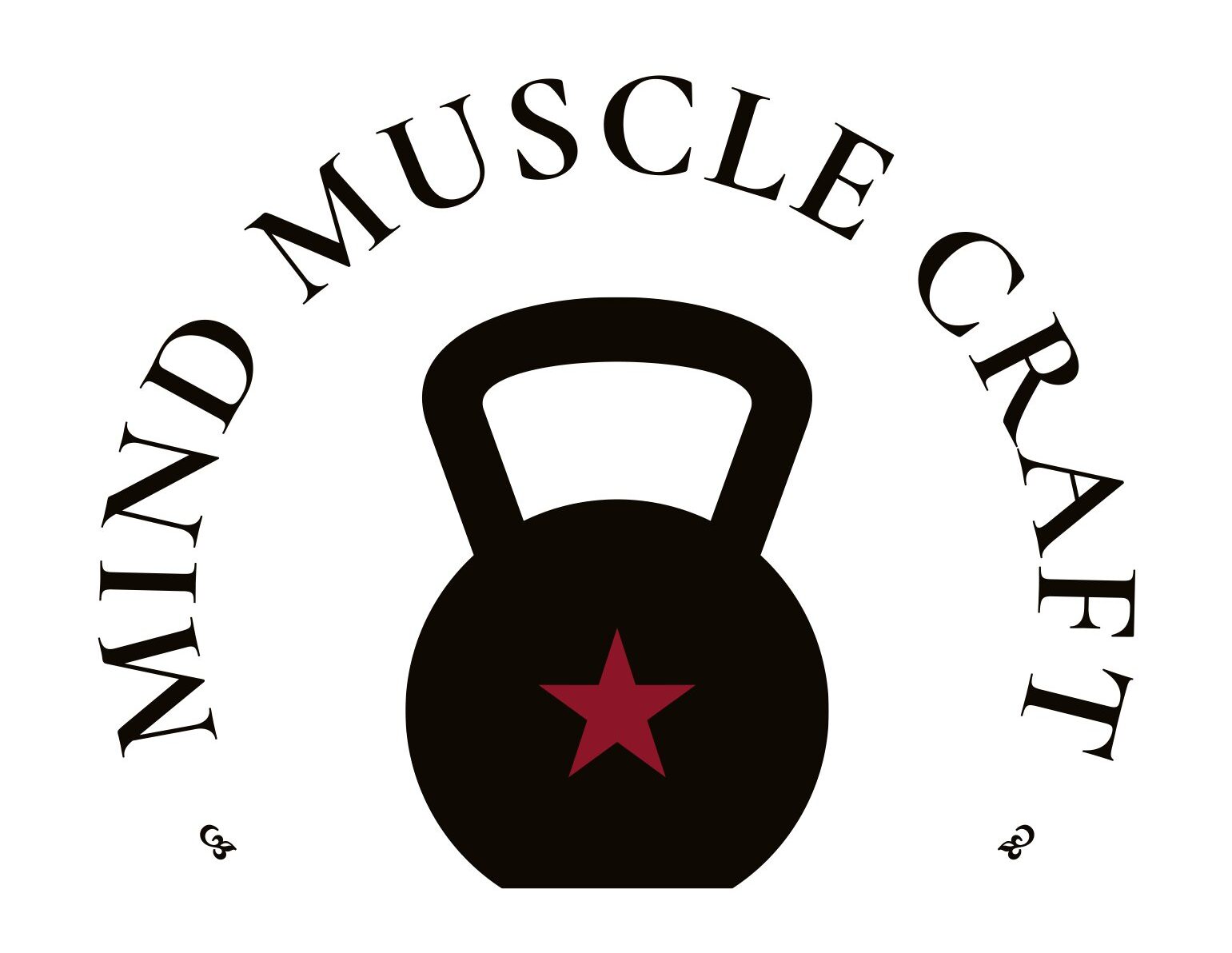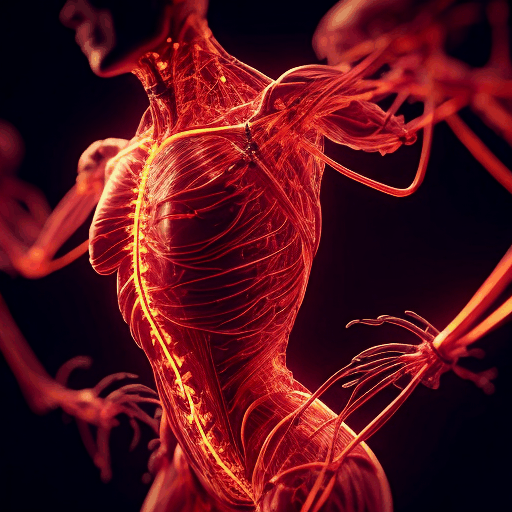Unlocking the Secrets: The Dynamic Relationship Between the Nervous System and Posture
Posture, often considered a mere reflection of body alignment, is a dynamic interplay between the intricate mechanisms of the nervous system and the influences of our environment. Understanding the role of the nervous system in maintaining and controlling posture unveils a fascinating journey of neural development, sensory integration, and the continuous adaptation of our physical stance.
The Neural Symphony of Posture:
At its core, posture is a manifestation of the nervous system’s ability to receive, process, and respond to sensory input. Every movement, every adjustment to maintain balance, and every subtle shift in position is orchestrated by the nervous system. This symphony involves various components:
- Sensory Input: The nervous system is in constant communication with sensory organs. Vision, proprioception (awareness of body position), and the vestibular system (responsible for balance) contribute vital information that forms the foundation of posture.
- Integration: In the brain, sensory information is integrated to create a comprehensive representation of the body’s position in space. This integration is influenced by the maturation of the neural system and external environmental factors.
- Motor Output: Based on integrated information, the nervous system generates motor commands that activate muscles, allowing us to achieve and maintain specific postures. This process involves intricate feedback loops for real-time adjustments.
Postural Development Across Lifespan:
Postural control is not static; it evolves from infancy to adulthood. Early in life, foundational movement patterns are established as the nervous system undergoes critical stages of maturation. These early patterns, influenced by the environment, shape our approach to physical activities.
Adaptability and Learning:
The ability to terminate or inhibit assimilated movement patterns and learn new ones is a testament to the dynamic nature of the nervous system. Neural development, cognitive ability, and purposeful drilling and practice contribute to this adaptability.
The Importance of Proper Posture:
Maintaining good posture is not merely about aesthetics; it’s about optimizing the efficiency of our movements, preventing musculoskeletal issues, and promoting overall well-being. From standing and walking to sitting and engaging in physical activities, the nervous system’s role in orchestrating these movements is undeniable.
Tips for Enhancing Posture:
Neuroplasticity Embrace: Understand and embrace the concept of neuroplasticity, the brain’s ability to reorganize itself. This opens the door for continuous improvement in posture throughout life.
Cognitive Engagement: Actively engage in exercises that challenge cognitive processes related to posture. Mindful movements and awareness exercises can enhance neural connections.
Consistent Practice: Incorporate consistent drilling and practice of proper posture. Regular engagement reinforces neural pathways associated with optimal alignment.
Professional Guidance: Seek guidance from professionals, such as personal trainers or physical therapists, to receive personalized advice and corrective exercises tailored to your unique needs.
Conclusion:
In the grand symphony of movement, the nervous system takes center stage, conducting the intricate dance of posture. Understanding and appreciating this relationship empowers us to actively participate in refining our posture, promoting a lifetime of physical vitality and well-being.
Unlock the secrets of your posture through the lens of neural orchestration — a journey that promises not just a straightened spine but a harmonious connection between mind and body.

